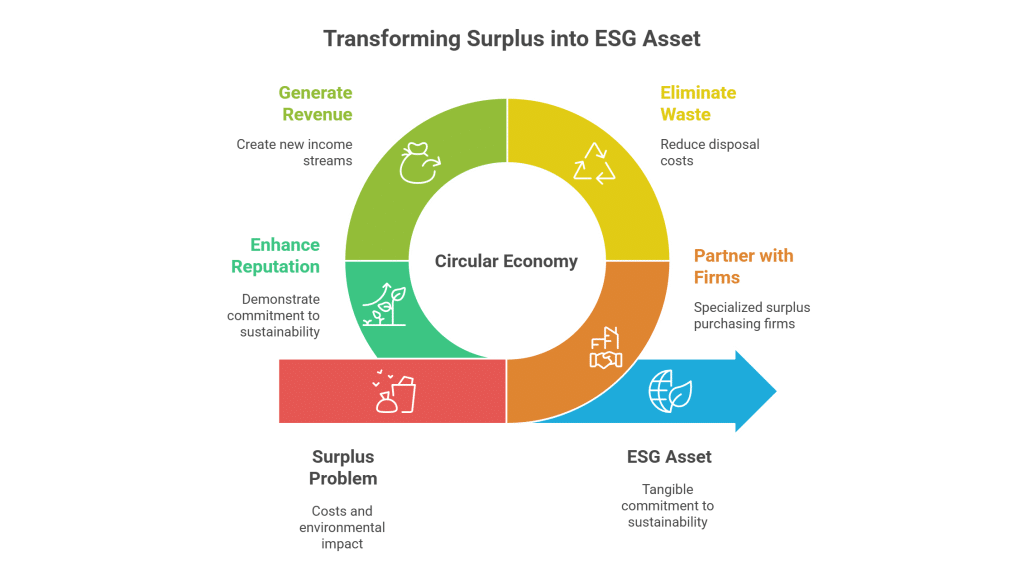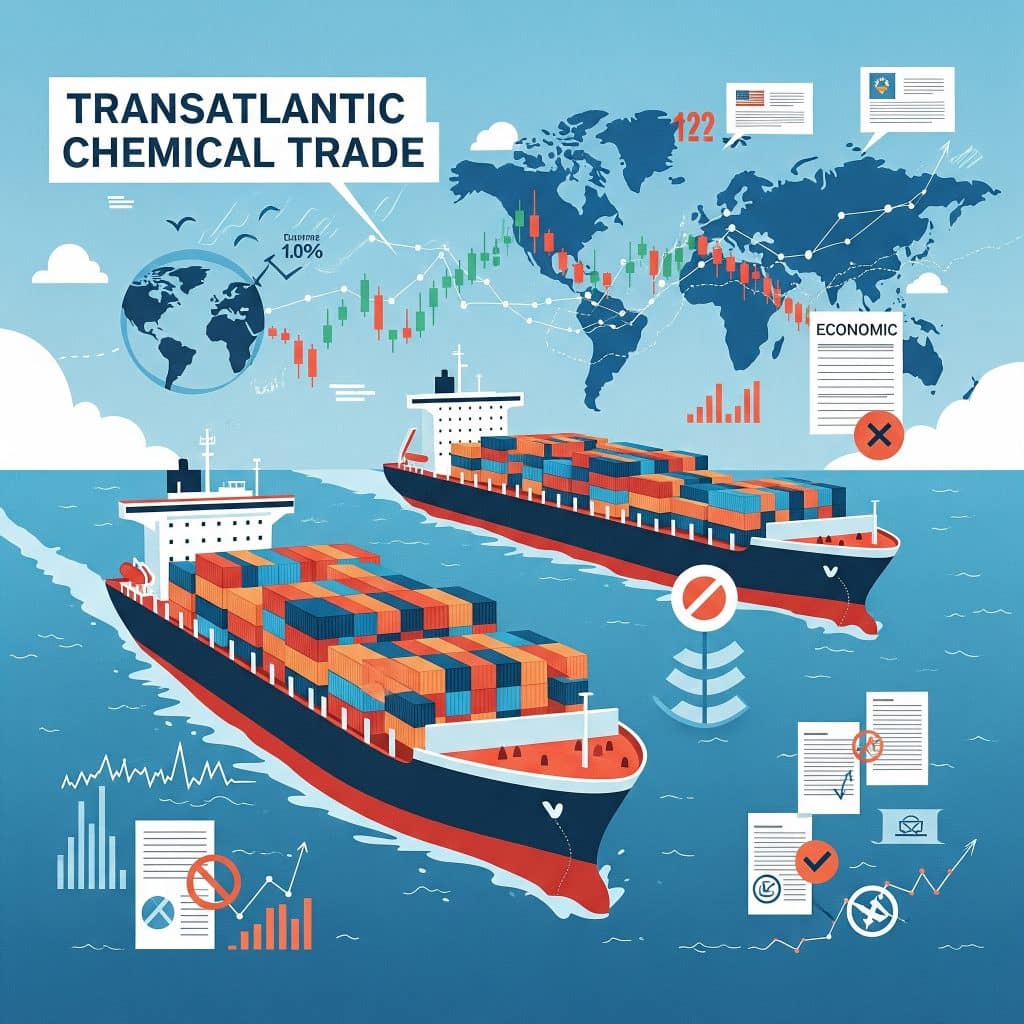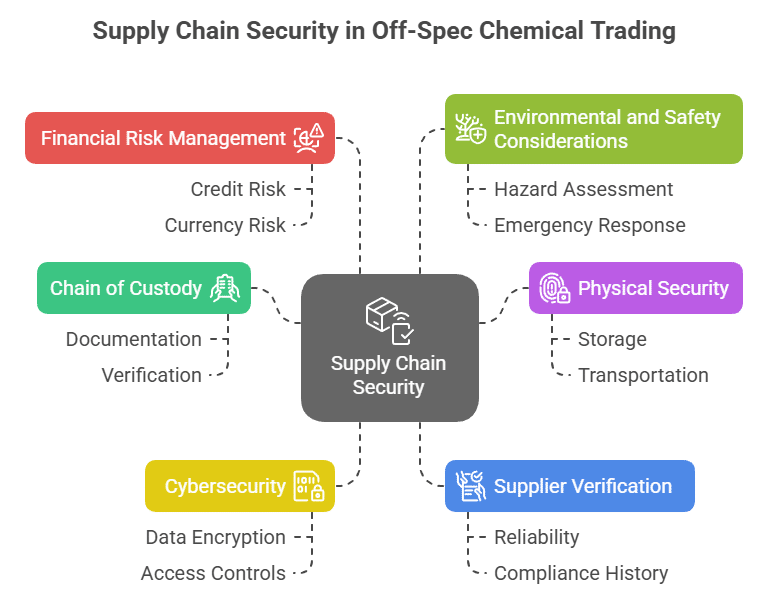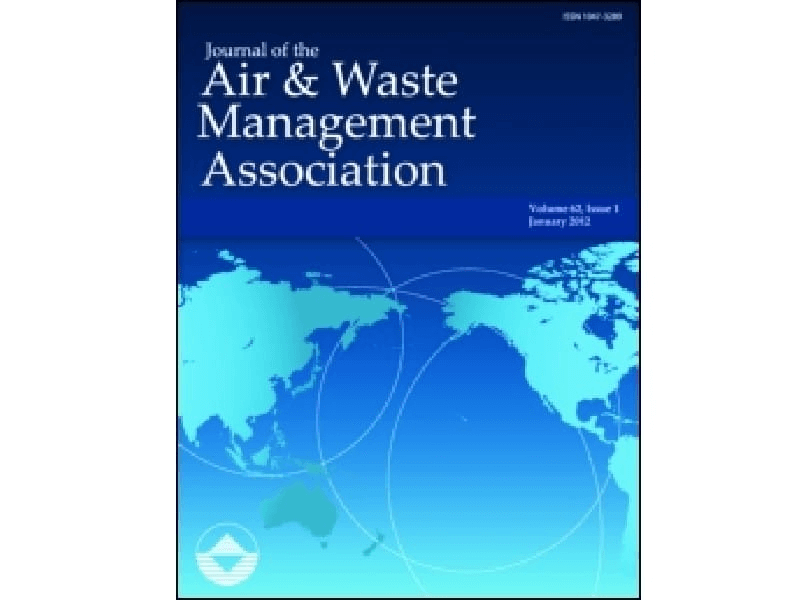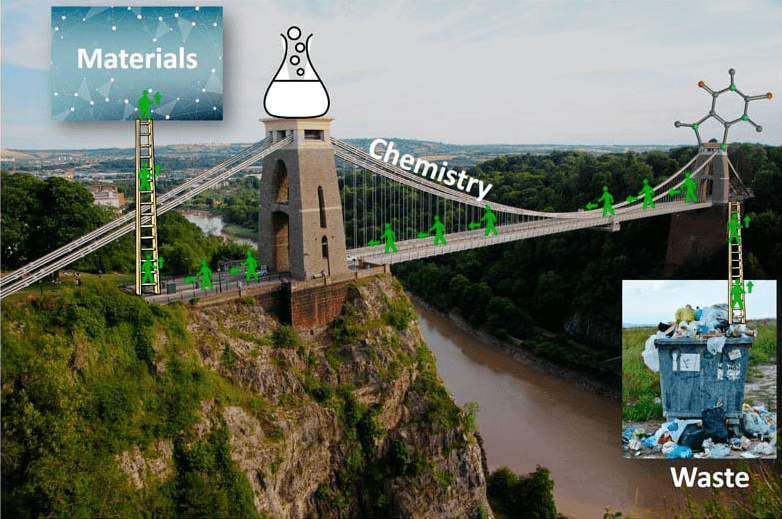Unlock the Potential of Surplus TMAH in Photoresist Development
Tetramethylammonium Hydroxide (TMAH) is a critical chemical used as a photoresist developer in semiconductor manufacturing. Known for its strong alkaline properties and precise etching capabilities, TMAH plays a vital role in developing high-resolution patterns on silicon wafers. Many manufacturers find themselves with excess inventory when production demands shift, presenting an opportunity to reclaim value from surplus stocks.
Maximize Returns with Surplus Tetramethylammonium Hydroxide (TMAH) for Photoresist Development
Buying and selling surplus TMAH offers a dual benefit: sellers can recover costs, free up storage space, and avoid expensive disposal fees, while buyers gain access to high-quality chemicals at reduced prices. This sustainable approach not only minimizes environmental impact by reducing waste but also strengthens supply chains through reliable sourcing. Companies can turn what would be a liability into a valuable asset by choosing to trade excess chemical inventory, thereby promoting both economic and environmental benefits.
Tetramethylammonium Hydroxide (TMAH) in Photoresist Development: Enhancing Semiconductor Precision
For buyers, surplus TMAH represents a cost-effective solution without compromising on quality. By sourcing excess inventory at competitive rates, companies can optimize production budgets, maintain continuous supply, and enhance overall process efficiency. This practice also aligns with sustainable procurement strategies by reducing waste and encouraging responsible use of resources.
Sellers can benefit immensely by converting surplus TMAH into revenue. Offloading excess inventory reduces storage burdens and prevents potential value loss due to chemical degradation. Moreover, by engaging in surplus trading, companies can lower disposal costs and avoid regulatory challenges, thereby turning a storage liability into a financial asset.
Table of Contents
Surplus TMAH: From Excess Inventory to Semiconductor Success
A prominent semiconductor manufacturing firm encountered an unexpected surplus of Tetramethylammonium Hydroxide (TMAH) due to a temporary reduction in demand for its photoresist development process. Instead of incurring high storage and disposal costs, the firm opted to trade its surplus TMAH on the secondary market. This innovative move not only provided immediate revenue but also ensured a steady supply of quality chemical for future production. The strategic surplus management enhanced the company's sustainability profile, optimized inventory levels, and reinforced its competitive edge in the highly demanding semiconductor market.




